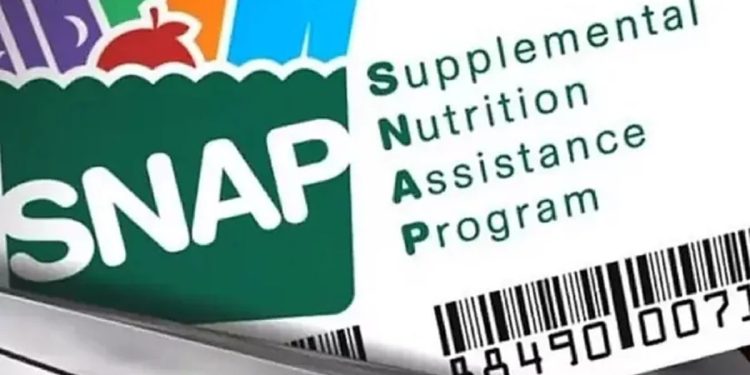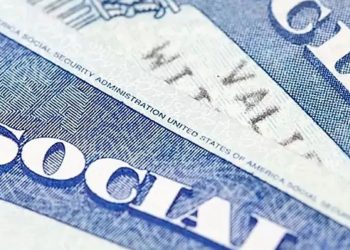The Supplemental Nutrition Assistance Program (SNAP), commonly known as food stamps, was designed to help low-income individuals and families afford essential groceries. While the program primarily looks at household income to determine eligibility, it also considers certain resources — and one often misunderstood factor is vehicle ownership.
This article breaks down how owning a car can affect SNAP eligibility, the rules set by the U.S. Department of Agriculture (USDA), and the exceptions that might apply.
What Are Countable Resources in SNAP?
SNAP defines countable resources as assets that can be converted into cash and used for food or living expenses. These include things like cash savings and bank account balances. However, there are notable exclusions, such as:
- The primary home
- Most retirement or pension accounts
- Supplemental Security Income (SSI) benefits
For most households, the maximum allowed countable resources are $2,750. This limit rises to $4,250 if someone in the household is aged 60 or older or has a disability.
Are Vehicles Counted as Resources?
Vehicles can count as resources — but not always. According to USDA guidelines, if a vehicle’s fair market value exceeds $4,650, the excess amount can count toward the household’s resource limit. However, states have flexibility in how they apply these rules, and there are several important exemptions.
Key Exceptions: When a Vehicle May Be Excluded
A vehicle might not be counted as a resource if it meets any of these conditions:
✅ It is used primarily to generate income (such as a taxi, delivery vehicle, or truck used for work).
✅ It produces income that matches or exceeds its market value.
✅ It is necessary for long-distance travel related to employment or business.
✅ It serves as the family’s home.
✅ It is used to transport a physically disabled household member.
✅ It is used to haul essential resources like water or fuel for home use.
✅ Its sale value would be less than $1,500.
If none of these exemptions apply, the vehicle’s fair market value above $4,650 or its equity value (whichever is greater) is counted toward the household’s total resources.
What Happens If You Have a Car Loan?
Having a car loan or making vehicle payments does not automatically disqualify you from receiving SNAP benefits. However, the vehicle’s value may still count as a resource if it is not excluded by state rules. The state SNAP agency will assess whether the applicant qualifies, factoring in any vehicle debts when calculating equity.
Why State Policies Matter
One important detail: each state can set its own policies on how vehicles are counted in SNAP eligibility. Some states completely exclude vehicles as a resource, no matter their value or use, while others strictly apply the federal thresholds.
To ensure you understand how these rules apply to your situation, it’s essential to check directly with your state’s SNAP office. The USDA provides a helpful state contact directory to guide applicants to the right local agency.
Bottom Line: Owning a Vehicle Doesn’t Automatically Disqualify You
In summary, owning a car doesn’t mean you’re ineligible for SNAP, but the value and use of the vehicle must be evaluated carefully. If your household owns a car that meets one of the exclusion criteria or if you live in a state that doesn’t count vehicles as a resource, you may still qualify for assistance.
Before applying or assuming eligibility, it’s smart to reach out to your local SNAP agency to understand how vehicle ownership will be treated in your state.











